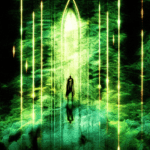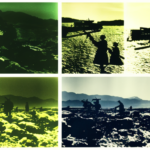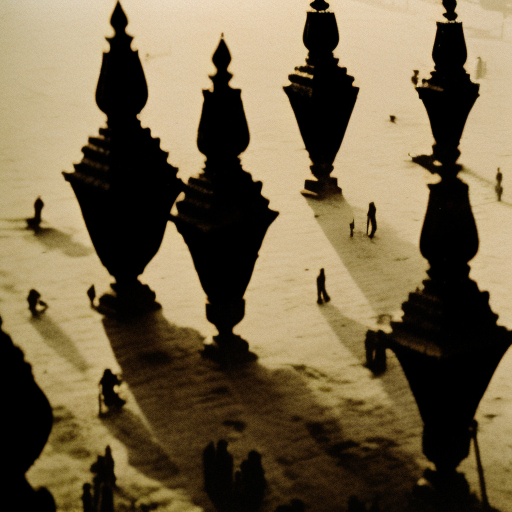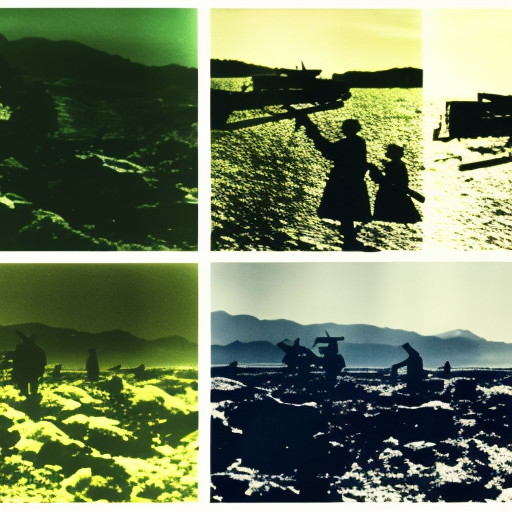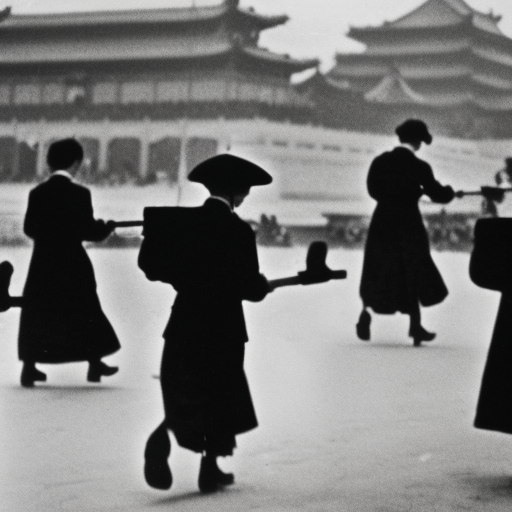The Partition of India (1947)
The Partition of India in 1947 was a significant event that led to the creation of two separate nations: India and Pakistan. It was a result of the British decision to end their colonial rule in the Indian subcontinent. The partition caused widespread violence, displacement, and communal tensions, leaving a lasting impact on the region.
Background:
India had been under British colonial rule for nearly 200 years. The Indian independence movement, led by figures like Mahatma Gandhi and Jawaharlal Nehru, had gained momentum in the early 20th century. As World War II ended, the British Empire faced mounting pressure to grant independence to India.
Mountbatten Plan:
In 1947, Lord Mountbatten, the last Viceroy of India, proposed a plan to divide the country along religious lines. The plan suggested the creation of two separate states: India, with a Hindu majority, and Pakistan, with a Muslim majority. The partition was based on the idea of “two-nation theory,” which argued that Hindus and Muslims were distinct nations and could not coexist within a single country.
Violence and Mass Migration:
The partition led to widespread violence and communal riots between Hindus, Muslims, and Sikhs. The cities of Lahore and Amritsar witnessed some of the bloodiest clashes. Mass migration occurred as people from both communities fled their homes in fear. Muslims moved to Pakistan, while Hindus and Sikhs migrated to India. The migration resulted in the displacement of millions of people and led to countless deaths.
Impact on Society:
The partition had a profound impact on the social fabric of the region. Communities that had lived together for centuries were suddenly torn apart. Families were separated, and friendships were broken. The violence and trauma of the partition left deep scars on the collective memory of the people.
Leadership and Independence:
Following the partition, India and Pakistan gained their independence on August 15, 1947. Jawaharlal Nehru became the Prime Minister of India, while Muhammad Ali Jinnah became the Governor-General of Pakistan. Both leaders faced the enormous task of rebuilding their respective nations and addressing the challenges of nation-building.
Kashmir Conflict:
The partition also led to the Kashmir conflict, a territorial dispute between India and Pakistan. The princely state of Kashmir, with a Muslim majority but a Hindu ruler, became a bone of contention between the two nations. The conflict resulted in several wars and continues to be a source of tension between India and Pakistan to this day.
Legacy:
The partition of India had far-reaching consequences. It led to the largest mass migration in human history, with millions of people uprooted from their homes. The violence and communal tensions left a lasting impact on the region, shaping the political, social, and cultural dynamics of India and Pakistan. The partition also highlighted the challenges of religious and ethnic diversity in the subcontinent.
In conclusion, the partition of India in 1947 was a significant event that resulted in the creation of two separate nations. It caused widespread violence, mass migration, and communal tensions. The legacy of the partition continues to shape the region’s history and serves as a reminder of the challenges posed by religious and ethnic diversity.

